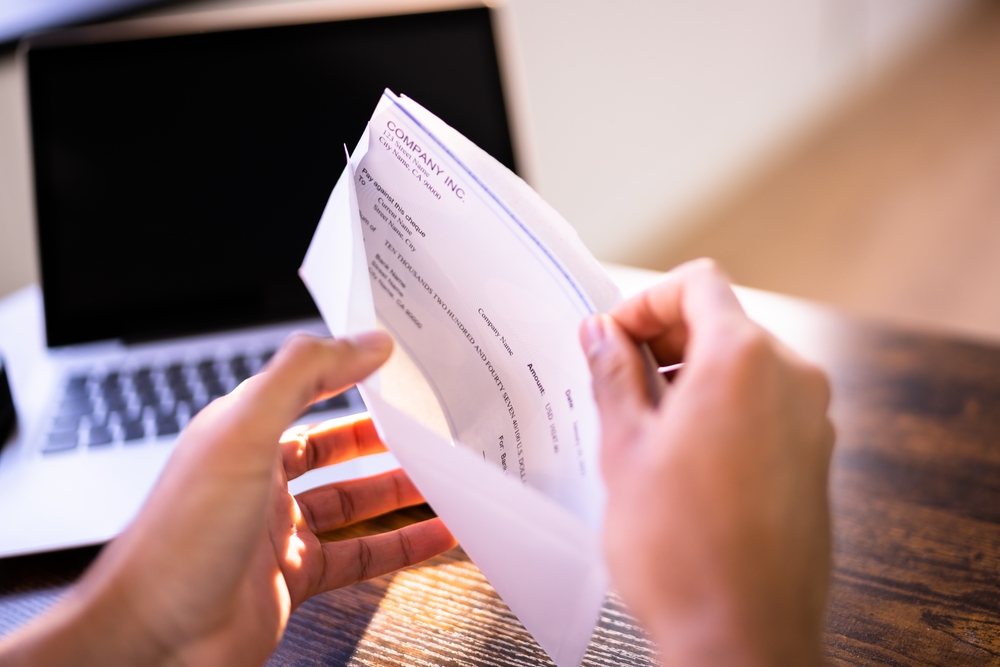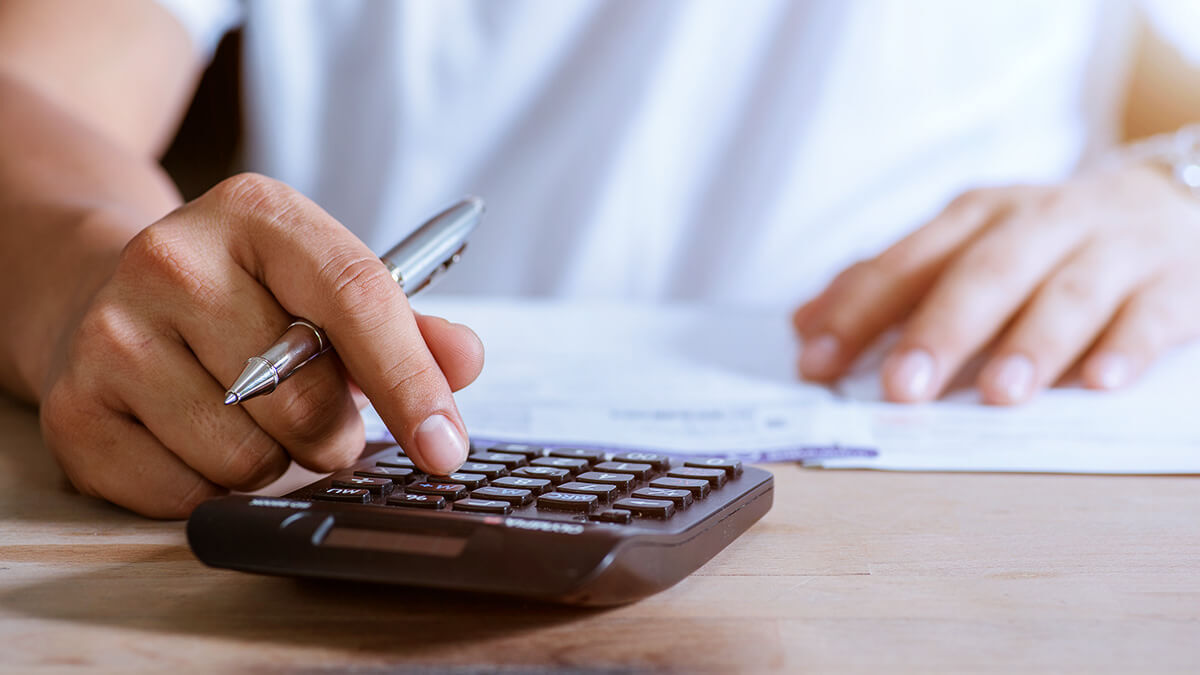After nearly five years of relief, the U.S. Department of Education is resuming collections on defaulted federal student loans. As of May 5, 2025, wage garnishment is back in effect, and millions of borrowers may start to see smaller paychecks as soon as this summer.
If you’re one of the estimated 5 million borrowers currently in default, or among the 4 million more at risk of defaulting, that light at the end of the tunnel may be an oncoming train. But you don’t have to to spend your summer worrying about garnishment—you can get ahead of it and prevent it from happening.
What Is Student Loan Wage Garnishment?

Wage garnishment is when the government directs your employer to withhold a portion of your paycheck to repay your defaulted student loans. For federal student loans, this can be up to 15% of your “disposable income” — the amount left after taxes and other required deductions. Gulp.
Garnishment adds Insult to Financial Injury
Many borrowers are not aware that employers are contacted directly. The federal government sends a formal letter by mail to your company, notifying the HR/ payroll department of your student loan default and the new requirement to garnish your wages. While it may not always lead to an awkward conversation, just knowing that someone in the company is aware of your situation, can feel a bit embarrassing.
How Garnishment Wreaks Havoc on Your Paycheck

Example: For a single person earning $65,000 annually in North Carolina, with no dependents. Figures are estimated.
| Gross Pay – Biweekly | $2,500.00 |
| Deductions: | |
| Federal Income Tax Withheld | $236.19 |
| Social Security | $155.00 |
| Medicare | $36.25 |
| North Carolina State Tax | $90.43 |
| Student Loan Garnishment | $297.32 |
| Total Deductions | $815.19 |
| Net Pay | $1,684.81 |
Garnishment Thresholds Offer Some Protection
The law does offer a bit of protection for lower-income workers. Under the Consumer Credit Protection Act (CCPA), there are minimum disposable income thresholds under which no garnishment will occur.
| Pay Frequency | Disposable Income Threshold |
| Weekly | $217.50 |
| Biweekly | $435.00 |
| Semimonthly | $471.25 |
| Monthly | $942.50 |
How to Avoid Garnishment

If you’re behind on payments or at risk of default, there are still several options available to prevent garnishment before it starts:
1- Explore an Income-Driven Repayment Plan
Go to StudentAid.gov and see if you qualify for an Income-Driven Repayment (IDR) plan. These plans adjust your monthly payment based on income and family size. Some borrowers qualify for payments as low as $0.
2- Start Loan Rehabilitation
Loan rehabilitation allows you to remove the default status by making nine on-time monthly payments agreed upon with your loan holder. This also stops garnishment.
3- Consider Consolidating Your Loans
Loan consolidation can combine defaulted federal loans into one new loan and make you eligible for IDR plans.
4- Call the Student Loan Relief Helpline
Speaking with someone can help. Call (888) 856-2668 to explore all your options, including forgiveness programs that may still be available.
5- Don’t Wait
Once your employer is contacted, the garnishment process is already underway. Acting before that happens can help you avoid workplace embarrassment and financial strain.
You Can Do This. You are Not Alone
There are millions of people are in the same situation, and the federal government wants to help you resolve it. Relief programs exist, but you must reach out to apply for them.
This summer doesn’t have to be overshadowed by paycheck surprises. Take a step today. Stop that train before it gets here.
Visit StudentAid.gov, or call the Student Loan Relief Helpline at (888) 856-2668. There is hope, and there is help.









